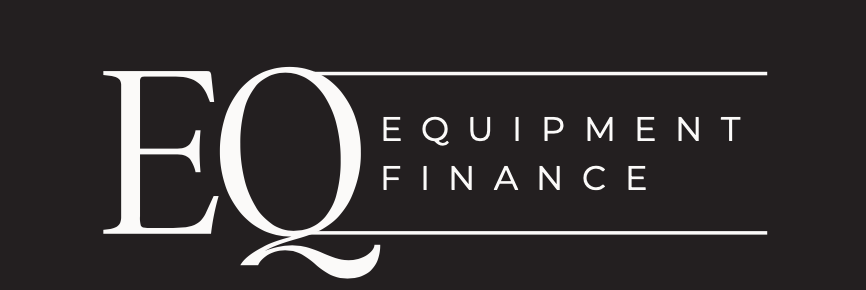Resources
Financing for Green and Sustainable Construction Equipment
In an era where sustainability is not just a buzzword but a business imperative, green and sustainable construction equipment is taking center stage. As companies gravitate towards eco-friendly alternatives, the machinery finance sector is experiencing a pivotal...
The Future of Construction Asset Finance
As the construction industry undergoes a rapid evolution, the accompanying financial sphere, especially construction asset finance, is not far behind. Whether it's adapting to emerging technologies or accommodating changing industry demands, construction asset finance...
Equipment Lifecycle Management in Construction Equipment Finance
The fusion of equipment lifecycle management with construction equipment finance stands as a testament to the dynamic world of construction. As stakeholders invest in machinery, understanding the machine's lifecycle becomes pivotal to ensure optimal use of the asset....
The Role of Farming Equipment Finance in Modern Farming
In the evolving realm of agriculture, modern farming stands at the intersection of tradition and innovation. Today, farms are not just about tilling the land and reaping the produce; they're about employing advanced machinery that makes the process more efficient,...
7 Examples of SMME’s Using Asset Based Finance To Grow
In today's fast-paced and competitive business environment, small, medium, and micro enterprises (SMMEs) are constantly seeking innovative ways to fuel their growth and stay ahead of the curve. One such strategy that has gained significant popularity in recent years...
5 Ways to Finance Your Solar Panel Installation
Investing in solar panels for your home or business can be a smart financial decision in the long run, but the upfront costs can be a barrier for many people. Fortunately, there are several financing options available that can make solar energy more accessible and...
5 Ways To Reduce Your Business Tax Liability
Asset financing is a popular method for businesses to acquire the equipment and assets they need without having to pay for them upfront. But did you know that it can also help reduce your tax liability? In this article, we'll explore asset financing and four other...
Understanding The Tax Benefits of Business Asset Finance in South Africa
If you're a business owner looking to invest in new equipment or technology, business asset finance may be a viable option for you. Not only can it provide the necessary funding, but it can also offer tax benefits that can help you save money and ultimately grow your...
5 Ways Machinery Finance Can Improve Your Output
Investing in new machinery can be a game-changer for your business, but it can also be a significant financial burden. That's where machinery finance comes in. By spreading the cost of new equipment over time, you can improve your output and profitability without...
Frequently Asked Questions
What is an example of asset finance?
An example of asset finance is when a business leases a machine, such as a milling machine, from an asset finance company. This loan is “secured” against the purchased or leased asset and if the business fails to make repayments, the lender can repossess the asset. Asset finance is a great way for businesses to acquire the necessary machinery without investing large amounts of capital upfront.
What are the different types of asset finance?
Asset finance can come in many forms, such as leasing, hire purchase agreements, or loan agreements. Leasing is when a business rents the asset for an agreed period of time and then returns it to the lender. A hire purchase agreement gives the business more ownership of the asset after they make payments on it over a set period of time. Finally, a loan agreement provides funds upfront to buy an asset and then requires regular repayments until the loan is repaid.
At Equipment Finance, we offer asset leasing finance only.
What is asset finance and leasing?
Asset financing and leasing is a type of business finance that allows business owners to purchase or lease assets such as machinery, vehicles or other equipment. Instead of paying the full upfront for such assets, you can spread the cost over an agreed period of time with fixed payments. The key feature of asset finance is that the asset being financed is used as collateral for the loan, which means that if you default on the loan, the lender can seize the asset.
What is the difference between loan and asset finance?
A loan is a lump sum of money that you borrow, while asset finance involves the use of an asset or equipment as collateral for the loan. With asset finance, the lender has the right to seize the asset if payments are not made on time. Loans also tend to have higher interest rates than asset finance because they do not rely on any form of physical collateral. Asset finance is usually more affordable and suitable for businesses that need large pieces of equipment but don’t have the upfront cash to purchase it.

